
“The list of egregious scientific errors. is too long to be acceptable.” That stern assessment, from British Antarctic Survey ocean modeller Dr. Kaitlin Naughten, wasn’t of a cheaply made B-movie, but of a $550 million-grossing Hollywood blockbuster. Science on the big screen frequently sacrifices accuracy for drama, and though the payoff can be breathtakingly beautiful, it also tends to make scientists cringe.
From brought-back dinosaurs to spontaneous ice ages, some of the most memorable moments in the movies ride on concepts that fall apart under scientific examination. And yet those same scenes generate public interest, engender argument, and, occasionally, inspire a career in science. Here is a closer examination of nine classic films in which entertainment priority won out over scientific probability and what the actual science tells us.
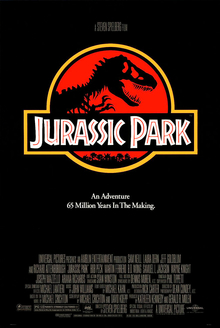
1. Jurassic Park’s DNA Resurrection Conundrum
Steven Spielberg’s 1993 classic envisioned extracting dinosaur DNA from amber-preserved mosquitoes in order to clone prehistoric behemoths. In fact, as the BBC has covered, no complete dinosaur genome has ever been found. DNA decays over millions of years, and the oldest genetic material ever to be sequenced around a million years old was from a mammoth tooth, not a Mesozoic relic. Even if it were the case that some fragments endured, it would take a close living relative to complete the gaps, and birds, although derived from dinosaurs, are distant from animals such as the Tyrannosaurus rex. Contributing to the anachronism is the fact that most of the animals seen on screen hailed from the Cretaceous period, not the Jurassic. As Harvard geneticist George Church pointed out, even the movie’s “lysine contingency” breaks basic biology lysine is plentiful in natural diets.
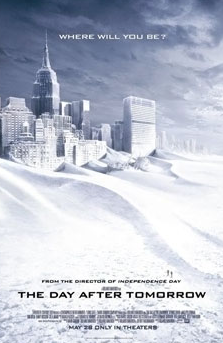
2. The Day After Tomorrow’s Instant Ice Age
Roland Emmerich’s disaster epic depicted the Atlantic Meridional Overturning Circulation shutting down in days, unleashing continent-sized superstorms and flash-freezing cities. Paleoclimate records establish an actual event the Younger Dryas where meltwater interfered with oceanic currents around 12,000 years ago, but as University of Pennsylvania scientist Dr. Michael E. Mann explained, “A collapse of the conveyor wouldn’t cause another ice age. and it would play out over decades, not days.” The movie’s storms, purportedly pulling in -100°C air from the tropopause, disregard elementary meteorology air at the eye of a hurricane rises, it doesn’t sink. Sea level physics are also reversed in the real world, an ice age would decrease oceans, not keep coastlines in the same place after a 25-foot increase.

3. Armageddon’s Asteroid Destruction Myth
In the 1998 Michael Bay blockbuster, Bruce Willis blows up a bomb in the center of an asteroid “the size of Texas,” splitting it cleanly in two. University of Leicester physics students estimated the machine would have to be almost two billion times more powerful than the biggest nuclear explosion ever. Astronomer Phil Plait joked, “Don’t go to Hollywood for tips on how to handle an asteroid.” Actual planetary defense plans emphasize early detection and gentle deflection using kinetic impactors or gravity tractors rather than a last-second rescue mission with unphysical explosives.

4. I Am Legend’s Shape-Shifting Virus Gone Viral
The measles virus engineered by the film gets reprogrammed into a respiratory plague, transmitted zombie-fashion via bites. Virologists complain that viruses do not suddenly switch transmission modes or species tropisms like this. Further, as Popular Mechanics noted, using the blood of an immune survivor to produce a vaccine gets immunology wrong vaccines immunize the system by exposing it to antigens, not by infusing resistant blood.

5. Indiana Jones and the Nuclear Fridge
In Kingdom of the Crystal Skull, Harrison Ford’s archaeologist escapes a nuclear explosion by taking cover inside a lead-lined refrigerator. The explosion’s power would destroy the fridge and its passenger while the spinning crash would produce fatal injuries. Business Insider noted that the scene’s ridiculousness begat the phrase “nuking the fridge” as a pop-culture euphemism for creative overextension.
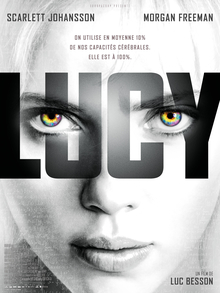
6. Lucy and the 10% Brain Myth
Luc Besson’s Lucy hinges on the idea that humans use only 10% of their brains, unlocking superpowers when more is accessed. Neuroscientists such as David Eagleman of Baylor College of Medicine dismiss this as “a total myth.” Functional imaging shows that virtually all brain regions are active over a day, even during sleep. As Princeton’s Sam Wang has described, the myth probably originated in misunderstandings of early neuroscience, but endures because it provides a seductive, although false, illusion of potential yet to be harvested.
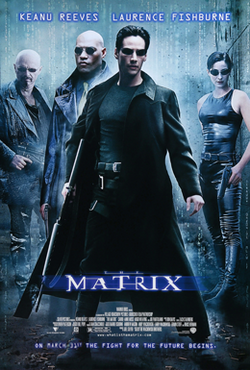
7. The Matrix’s Human Battery Problem
The Wachowskis’ dystopia fantasizes about machines cultivating humans to farm their bioelectricity and heat. Thermodynamics renders this ridiculously unproductive: an adult at rest expends roughly 1,350 calories daily, energy the machines must then provide. As commentators have pointed out, the net energy return would be negligible, so solar or nuclear power would be much more sensible. Other fan theories that humans were farmed for processing power better serve physics than the film’s premise.
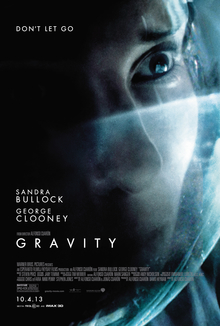
8. Gravity’s Orbital Impossibilities
Alfonso Cuarón’s space thriller was commended for its look but warped orbital principles. The Hubble Space Telescope, International Space Station, and China’s Tiangong-1 are at varying altitudes and inclines, with no possible on-foot transitions. Debris from a geosynchronous satellite would not cross paths with the low-Earth orbit of Hubble every 90 minutes. And while it is technologically possible to use a fire extinguisher as propulsion, finessing with accuracy would be much more difficult than shown. As his former ISS commander Leroy Chiao has pointed out, even extracting a spacesuit requires 15 minutes and an assistant not seconds.
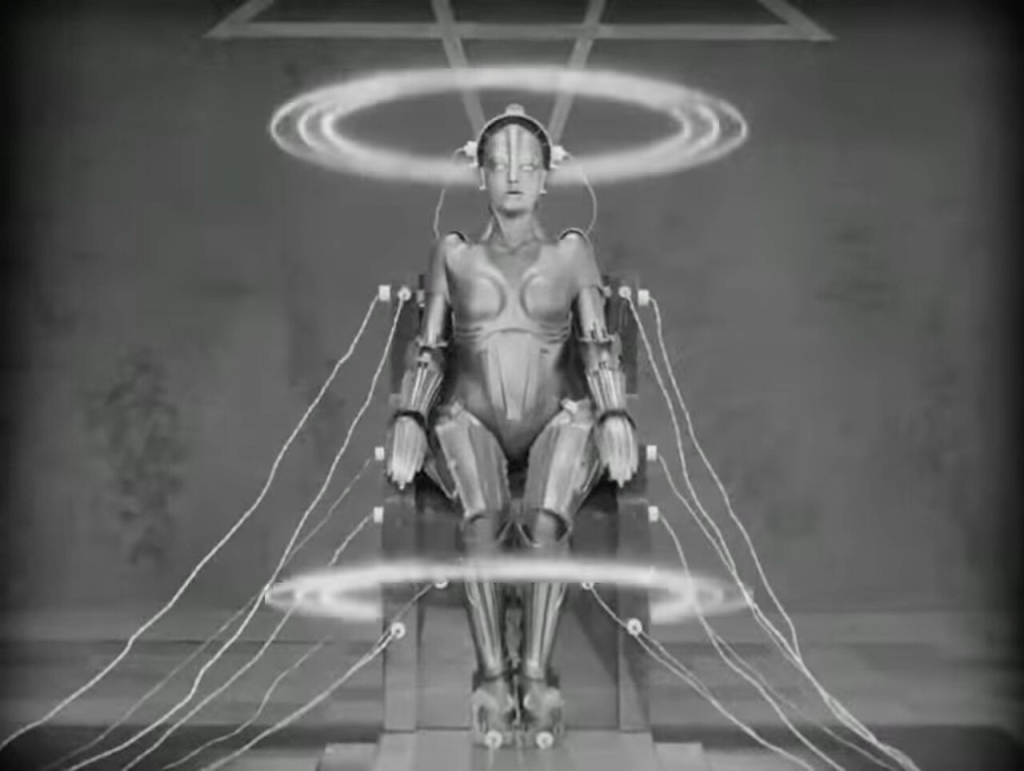
9. 2012’s Neutrino Nonsense
Chosen by NASA scientists as the “most ridiculous” sci-fi movie, 2012 attributes doomsday tectonic disturbances to neutrinos warming Earth’s core. In fact, neutrinos weakly interact with matter so that trillions of them pass through the planet and our bodies per second and have no impact. There is no conceivable means for them to cause global catastrophes regardless of how many are emitted from the Sun.
Cinema’s eagerness to distort science can infuriate scientists, but it also presents learning opportunities. By dissecting the physics, biology, and climatology behind these boffo blockbusters, viewers can gain a greater respect for both the craft of filmmaking and the discipline of science. The show may be make-believe, but the wonder it inspires is not and that, scientists concur, is worth preserving.

